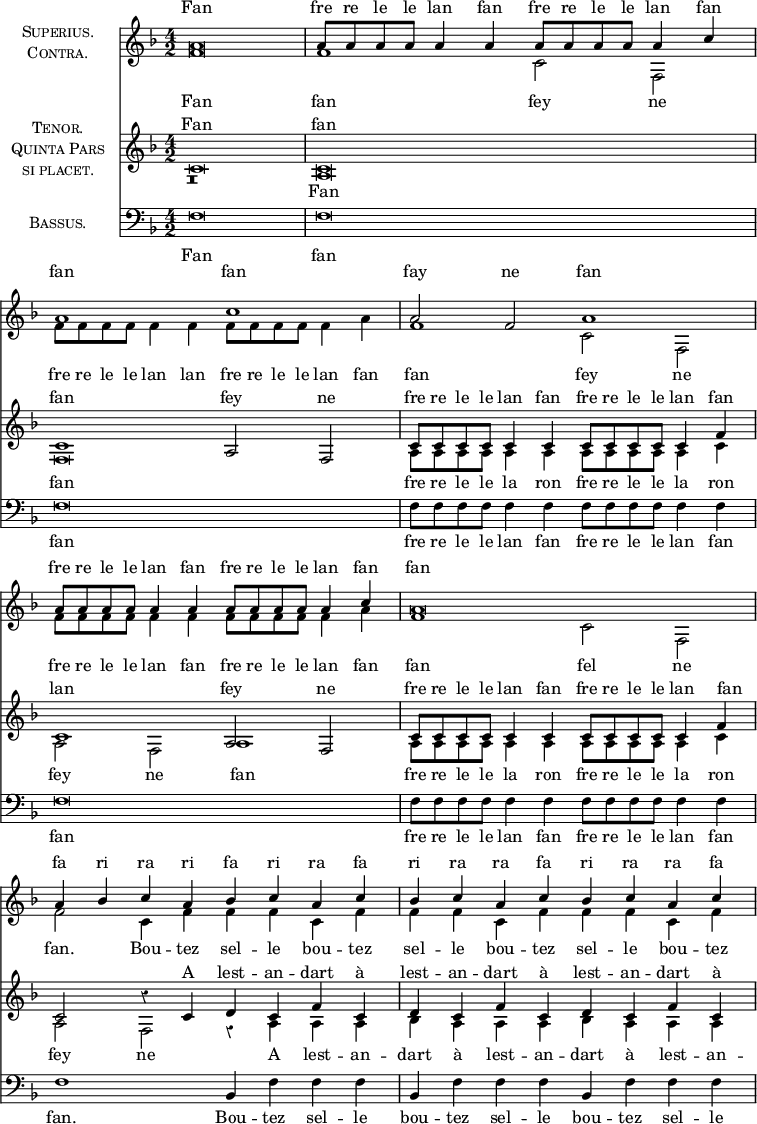Greeks; he would give the signals to the trumpets, followed by the drums, and advises that the cavalry should have instruments of a different sound from those used by the infantry. This use by the Italians of both trumpets and drums is confirmed by a passage in Zarlino ('Institutione Harmoniche,' Venice 1558, pt. i. cap. 2), 'Osservasi ancora tal costume alii tempi nostri; percioche di due esserciti l'uno non assalirebbe l'inimico, se non invitato dal suono delle Trombe e de Tamburi, overo da alcun' altrà sorte de' musicali istrumenti.' It was from Italy that in all probability the earliest musical signals came: spread over Europe by mercenaries, they were modified and altered by the different troops which adopted them, but the two signalling instruments were everywhere the same (with perhaps the exception of Germany, where the fife seems to have been introduced), and the names given to the different sounds long retained evidence of their Italian origin. The first military signals which have been handed down to us in notation are to be found in Jannequin's remarkable composition 'La Bataille,' which describes the battle of Marignan (1515), and was published at Antwerp in 1545, with a fifth part added by Verdelot. [See vol. ii. p. 31b, and vol. iii. p. 35a.] A comparison of this composition with the same composer's similar part-songs 'La Guerre,' 'La prinse et reduction de Boulogne' (5th book of Nicolas du Chemin's Chansons, 1551; Eitner, 1551 i.), or Francesco di Milano's 'La Battaglia,' would be most interesting, and would probably disclose points of identity between the French and Italian military signals. The second part of Jannequin's 'Bataille' (of which the first 10 bars are given here in modern notation) evidently contains two trumpet calls, 'Le Bouteselle' and 'A l'Etendart.'


In the same year in which Jannequin's 'Bataille' was published, we find in England one of the earliest of those 'Rules and Articles of War' of which the succession has been continued down to the present day. These 'Rules and Ordynaunces for the Warre' were published for the French campaign of 1544. Amongst them are the following references to trumpet-signals. 'After the watche shal be set, unto the tyme it be discharged in the mornynge, no maner of man make any shouting or blowing of hornes or whisteling or great noyse, but if it be trumpettes by a special commaundement.' 'Euery horseman

